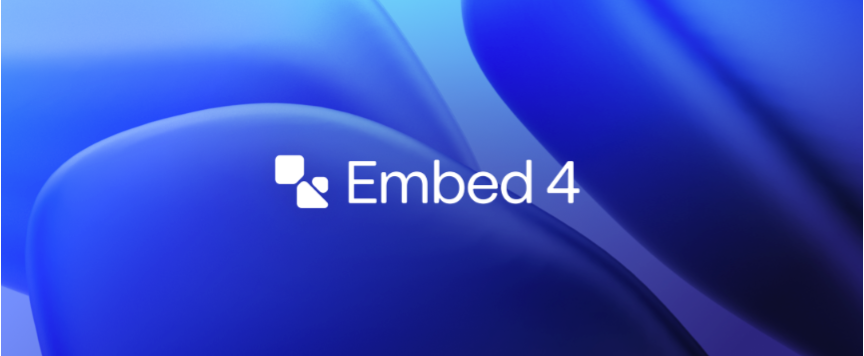- Generative AI›
- Amazon Bedrock›
- Cohere
Cohere in Amazon Bedrock
Build enterprise AI applications that understand your business
Meet Cohere
Cohere's partnership with AWS brings together advanced generative AI and search optimization capabilities through Amazon Bedrock. These models enable enterprises to build powerful generative AI applications that transform how organizations access and utilize information. Hear from Saurabh Baji, CTO of Cohere, as he explains how Cohere models in Amazon Bedrock create unique customer value through frictionless development and robust enterprise security.
Introducing Cohere’s enterprise foundation models
Command R / R+
Command R and R+ are Cohere's powerful, advanced language models for real-world enterprise applications. They balance efficiency and accuracy, enabling businesses to move from proof-of-concept to daily AI utilization. Supporting 10 key languages, these models excel at retrieval-augmented generation (RAG) and long-context tasks. Ideal for global enterprises, Command R and R+ are optimized for RAG use cases and adept at text generation. They're well-suited for full-scale AI implementation, with R+ offering enhanced performance for businesses ready to leverage AI across operations.

Embed
Cohere Embed 3 and Embed 4 models turn text and images into embeddings to enable semantic retrieval in search systems, RAG architectures, and agentic applications. Supporting 100+ languages and excelling in multimodal search tasks, Cohere embeddings models streamline advanced AI applications, enhance ecommerce experiences, and improve data-driven decision making.

Rerank
Cohere's reranker model, Cohere Rerank 3.5, provides a powerful semantic boost to the search quality of any keyword or vector search system. In RAG use cases, reranking can help ensure that only the most relevant information is passed to the model. This results in better responses, reduced latency, and lower costs because the model processes less information.

Benefits
With a context window of up to 128K tokens, the Command R models understand and generate responses within a broad context, making them ideal for complex workflows with large document ingestion, relevant citations with advanced retrieval, and tool use.
The Command R models have the capability for multilingual generation across 10 key business languages including: English, French, Spanish, Italian, German, Portuguese, Japanese, Korean, Arabic, and Chinese.
Command R+ supports multi-step tool use which allows the model to combine multiple tools over multiple steps to accomplish difficult tasks. The model can even correct itself when it tries to use a tool and fails, enabling the model to make multiple attempts at accomplishing the task and increasing the overall success rate.
Command R models are designed to enhance productivity by seamlessly integrating generative AI capabilities into everyday apps and workflows. Businesses can now streamline their processes and improve overall efficiency, leading to better business outcomes. With Command R+, enterprises can unlock new possibilities and elevate employee and customer experiences.
Cohere instills robust data privacy measures, allowing customers to retain complete control over their data. From customization to model inputs and outputs, businesses can rest assured that their sensitive information remains secure and under their supervision.
Use cases
Craft your message with an AI assistant so you can write more clear and succinct emails.
Capture key points from an email chain, financial report, or customer call recording.
Provide users with more relevant and personalized search results through semantic search, designed to match the user intent behind a query.
Ask questions and get answers from your company’s entire knowledge base—from your messaging platform to your cloud storage provider to your CRM. Answers come with citations so you can confirm accuracy.
Input a set of data and have your AI assistant provide you with takeaways.